Gaia BH3 black hole discovered by Pasquale Panuzzo
Wednesday, May 15, 2024
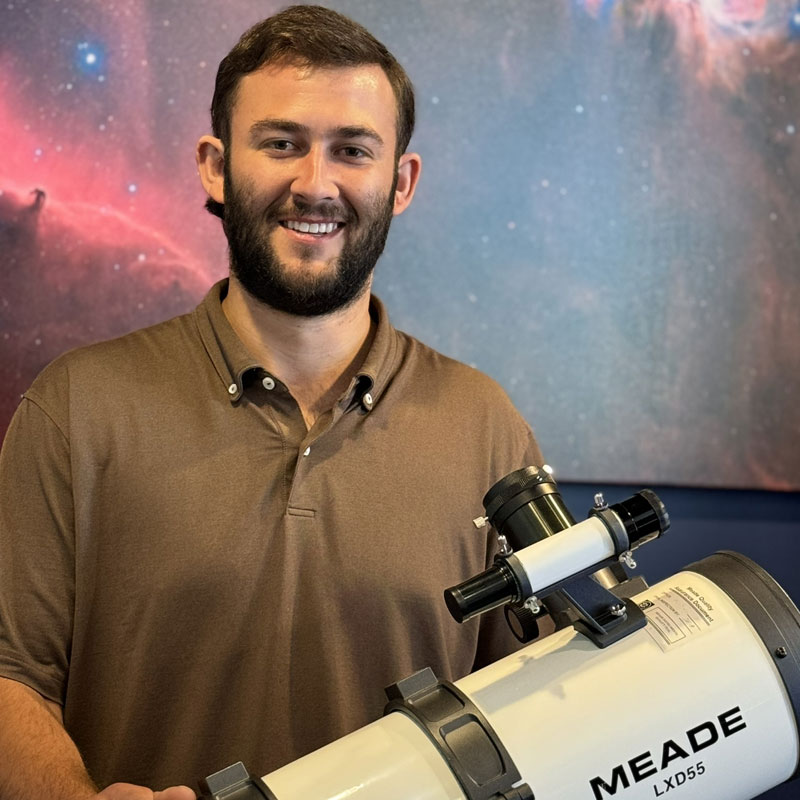
|
Freeman Lightner |
Astronomers have uncovered Gaia BH3, the largest dormant black hole in the Milky Way, located 1,926 light-years away in the Aquila constellation. This 'sleeping giant' weighs 33 times the sun and was found by the team of Pasquale Panuzzo.
Astronomers have recently identified a dormant black hole, named Gaia BH3, which has been recognized as the largest ever found in the Milky Way. Situated 1,926 light-years away in the constellation Aquila, this black hole does not seem to be disrupting its companion star, unlike more active black holes.
The discovery was made by Pasquale Panuzzo and his colleagues at the French National Center for Scientific Research (CNRS), who were analyzing data from Gaia, the European space observatory. A peculiar movement in an old giant star led to the identification of the black hole, now estimated to be about 33 times the mass of our sun.
Astronomers discover 'Sleeping Giant' black hole in the Milky Way, dubbed Gaia BH3
Describing the findings, Panuzzo expressed surprise at the discovery, noting the series of "wows" the team shared upon confirming the black hole's presence. The star’s motion suggested a significant gravitational pull from an unseen companion, later confirmed to be Gaia BH3 through further observations from ground-based observatories.
This black hole is particularly unique as it represents a direct link between a black hole and its progenitor star, which was notably low in metals heavier than hydrogen and helium. This supports the theory that metal-poor stars can form larger black holes due to less mass loss from stellar winds.
Further analysis by Elisabetta Caffau, another CNRS scientist and co-author of the study, showed that the companion star is also metal-poor and dates back to the first billion years after the Big Bang. Despite being in a binary system, the star showed no signs of being "polluted" by the black hole's formation, which is typically expected when a star in such a system collapses.
Caffau anticipates that the companion star will eventually evolve into a white dwarf, following the shedding of its outer layers. This discovery was published in April in the journal Astronomy and Astrophysics and has sparked significant interest within the astronomical community.
The Gaia mission continues to survey faint stars within our galaxy, and according to Panuzzo, there are likely more surprises to come.
Gaia's discovery of a massive black hole in our Milky Way: Gaia BH3
ScopeTrader's latest survey
Featured Stories

Stay Updated
Sign up for our newsletter for the headlines delivered to youSuccessFull SignUp

|



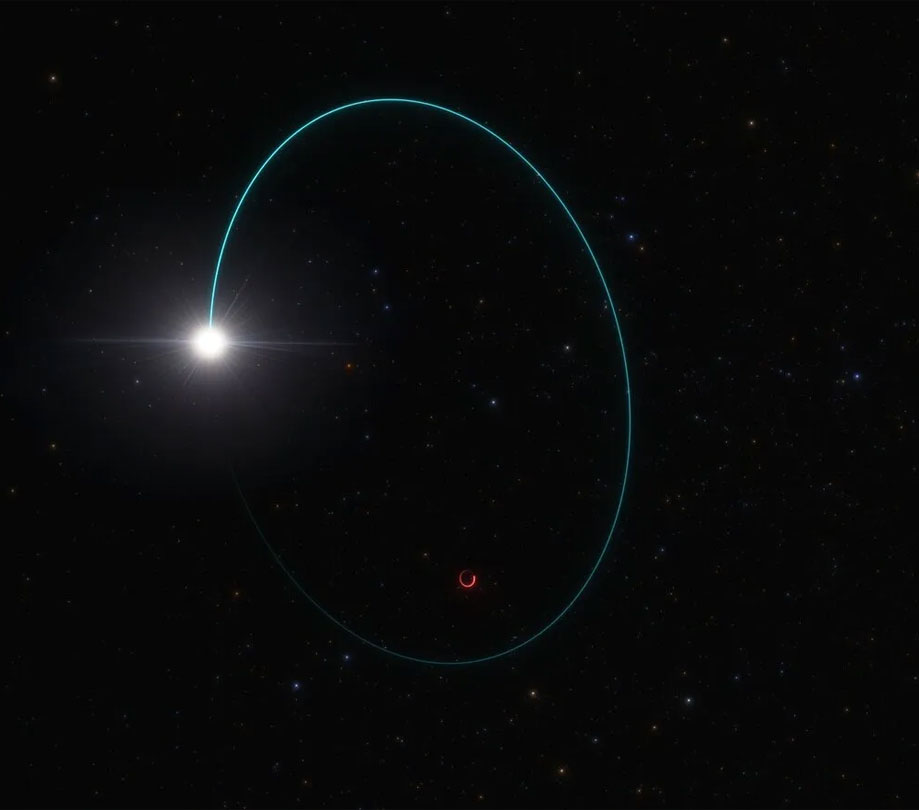

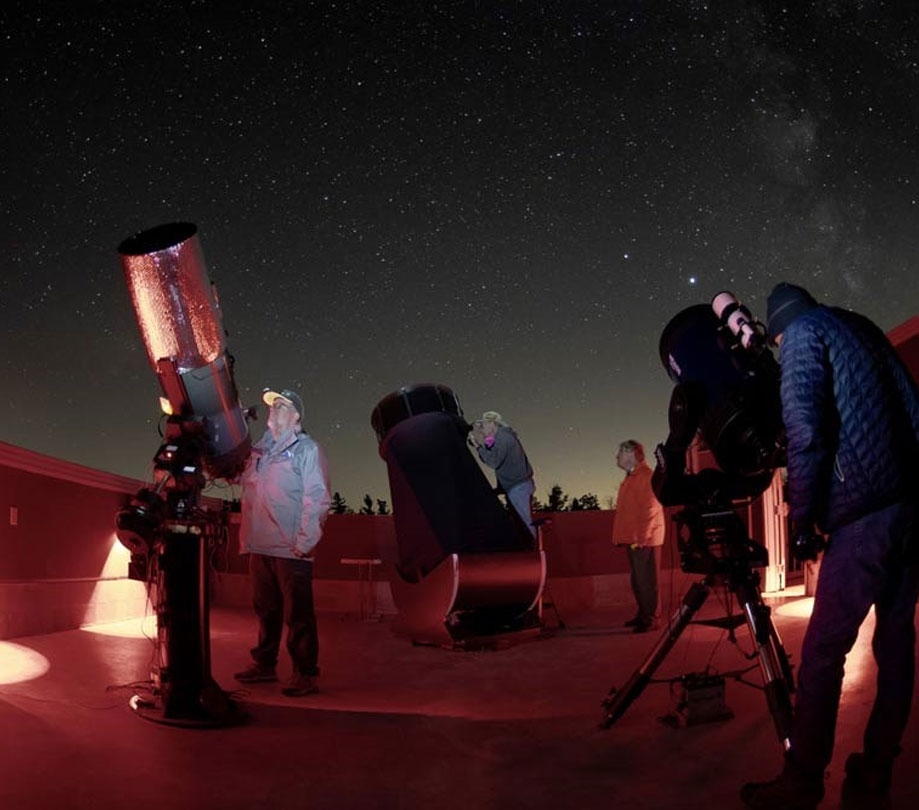
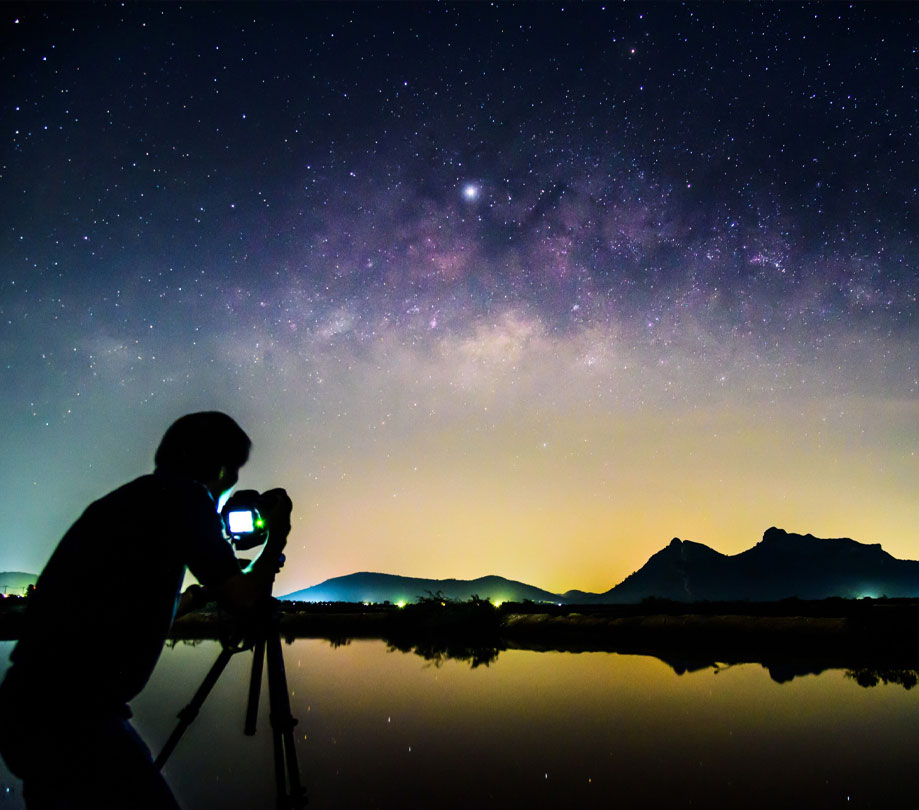
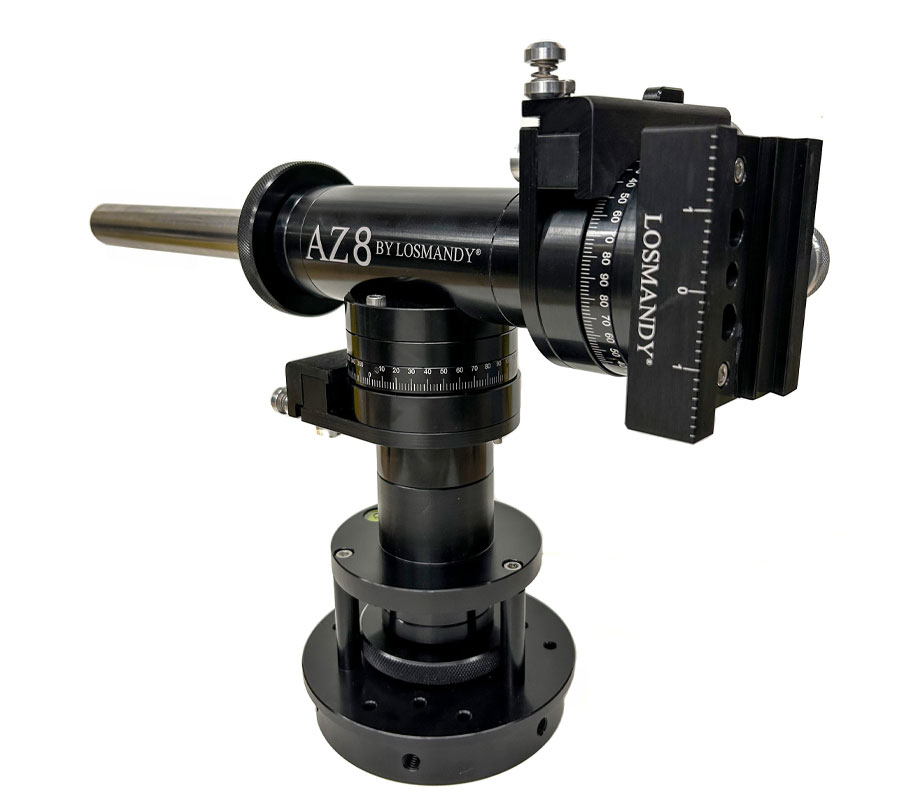
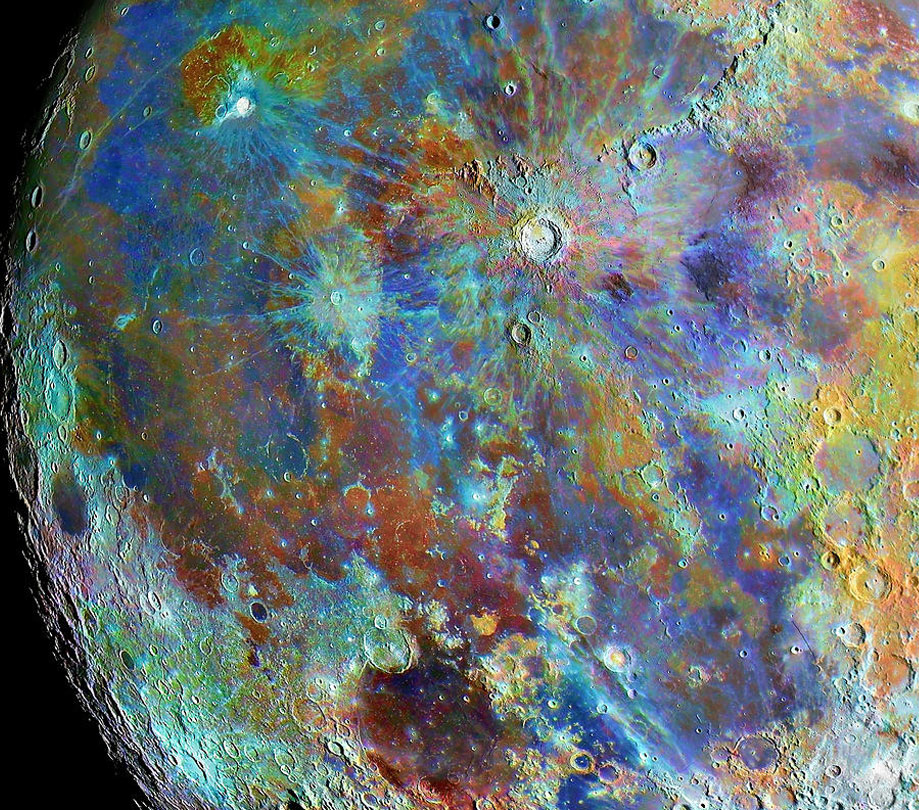
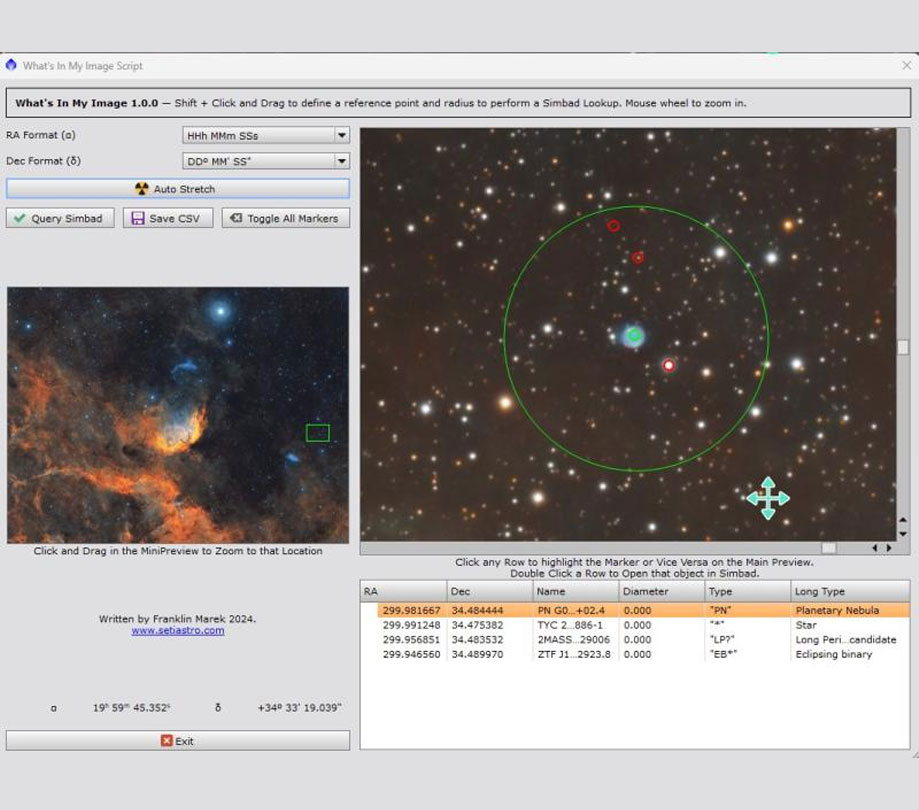
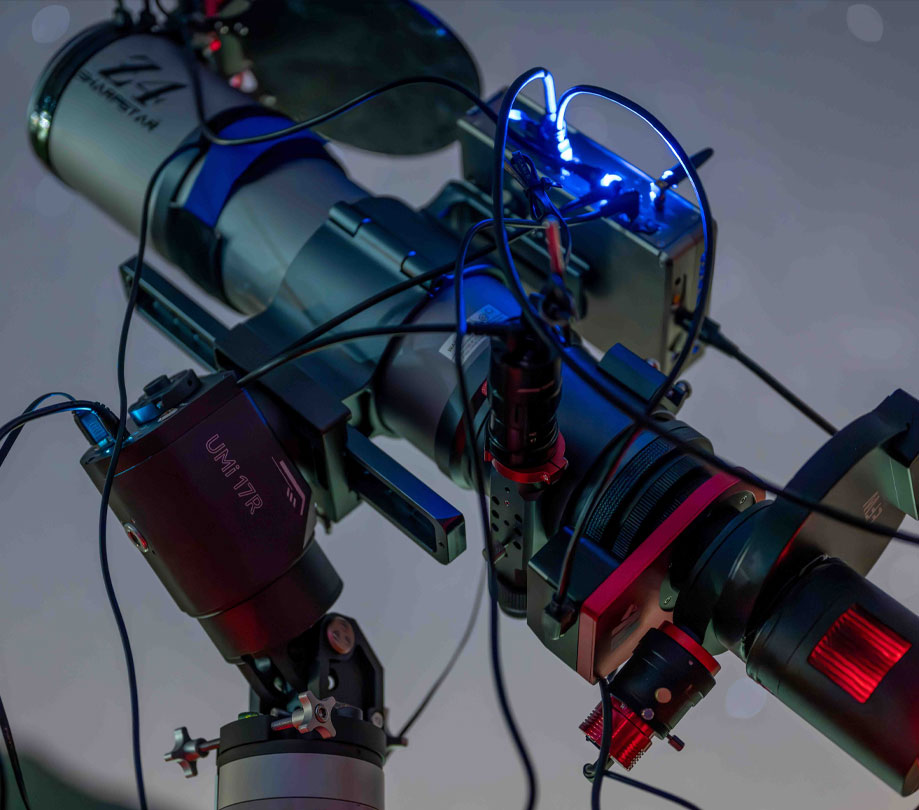
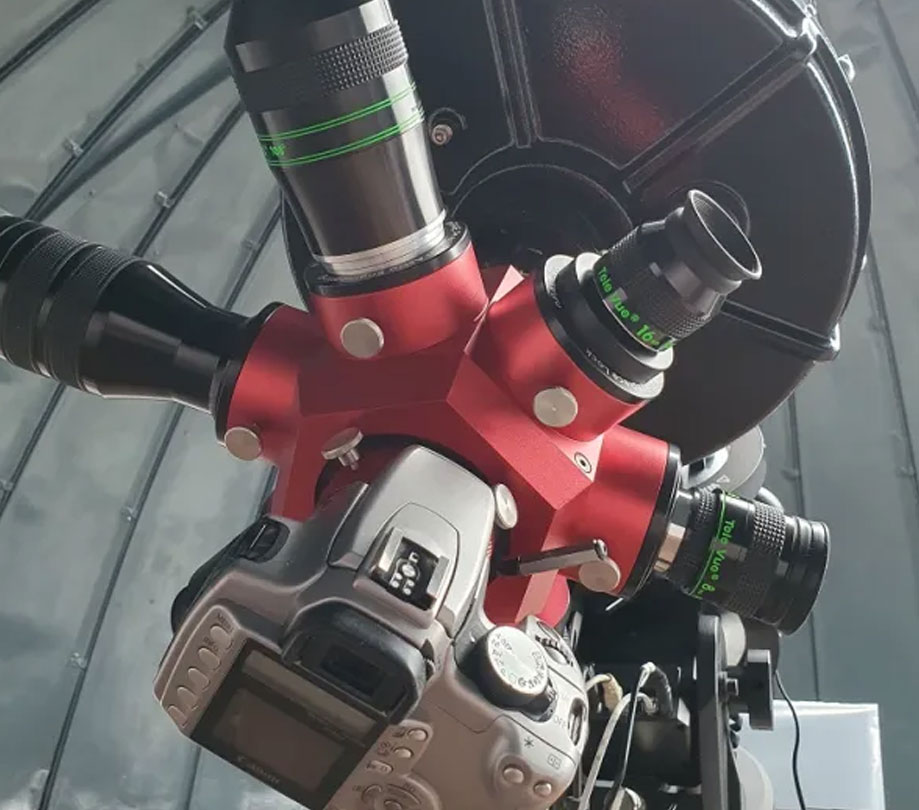
Comments